NEW HOPE, PA – Motorists may occasionally encounter brief travel delays at the non-toll river crossings operated by the Delaware River Joint Toll Bridge Commission as the agency’s engineers and consultants inspect the structures this spring.
Findings from the bridge inspections help the Commission’s engineers in identifying what the agency’s capital improvement priorities should be and guide the agency’s maintenance crews in scheduling any needed repairs over the course of the coming year.
While much of the inspection work takes place out of sight to the public, lane restrictions often are implemented at a respective non-toll bridge when engineers need to access the areas above and below the structure’s road deck.
Most often these travel restrictions involve the use of alternating lane closures controlled by flaggers. Full lane closures also may be employed at bridges that have more than two travel lanes. Any travel restrictions are limited to off-peak driving periods.
This year’s inspections focus on the Commission’s 13 non-toll bridges, many of which are two-lane truss bridges dating back 100 years or more.
The Commission performs bridge inspections on an annual basis. The agency’s seven toll bridges are inspected in odd-numbered years. The Commission’s non-toll (toll-supported) bridges are examined in even years. As a result of this process, each Commission bridge receives a full examination every two years, a requirement established by the Federal Highway Administration and the National Bridge Inspection Standards. The findings are published as part of the Commission’s annual inspection reports.
